Normal oxygen levels are at least 95. What are normal readings.
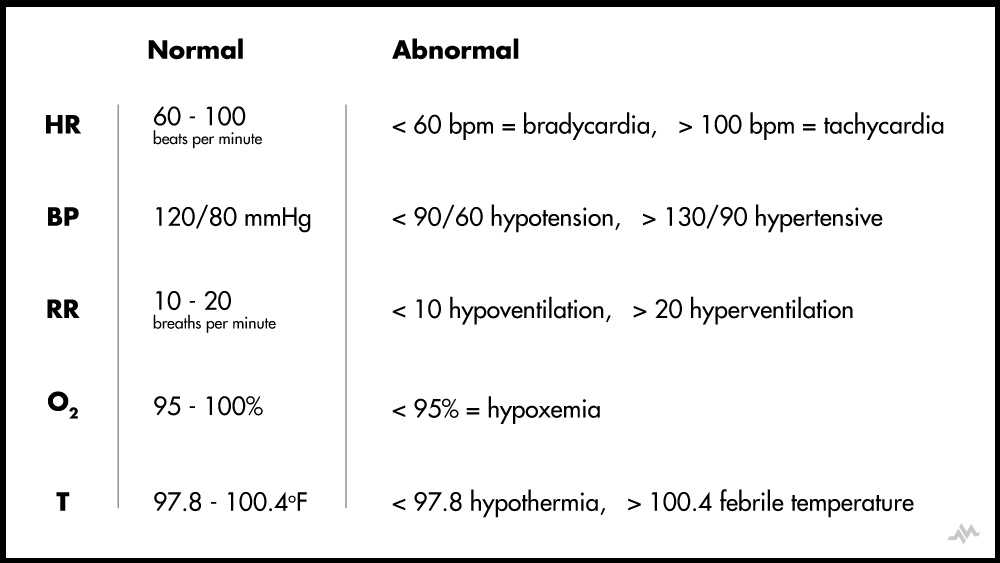 Vital Signs Heart Rate Blood Pressure Respiratory Rate Oxygen Saturation And Temperature Nucleotype
Vital Signs Heart Rate Blood Pressure Respiratory Rate Oxygen Saturation And Temperature Nucleotype
Normal pulse oximeter readings usually range from 95 to 100 percent.

Normal oxygen rate. The measurement is the percent saturation of oxygen which is being carried by hemoglobin in the blood. In a healthy person oxygen saturation levels in arterial blood fall between 95 and 100 percent according to the World Health Organization WHO 3. Some patients with chronic lung disease or sleep apnea can have normal levels of around 90.
The SpO2 reading on a pulse oximeter shows the percentage of oxygen in someones blood. Values under 90 percent are considered low and indicate the need for supplemental oxygen. Highly trained athletes may.
This places great emphasis on the interplay between VO2 and heart rate and stresses the importance of the interaction between the cardiovascular and respiratory systems. This condition is often referred to as hypoxemia and its symptoms include severe shortness of breath increased heart rate and chest pain. That is do not give oxygen if the SpO2 is 92.
From these ranges most oxygen concentrators can deliver 90 FiO2. Hyperoxemia is generally detected using ABG testing and is defined as blood oxygen levels above 120 mmHg. A reading below 95 percent in a healthy person with normal lung function indicates low oxygen levels in the blood a condition medically termed hypoxemia that requires medical investigation.
Normal arterial oxygen is approximately 75 to 100 millimeters of mercury mm Hg. For a healthy person SpO2 values usually fall between 94-96 percent. According to Levine oxygen consumption is limited to a greater extent by oxygen delivery rather than oxygen extraction.
Normal people who have working lungs and all those steps are going well their blood oxygen level will usually be 96-100 percent adds Dr. People who are breathing normal who have relatively healthy lungs or asthma that is under control will have a blood oxygen level of 95 to 100. A normal level of oxygen is usually 95 or higher.
The normal respiratory rate for healthy adults is between 12 and 20 breaths per minute. Hospital-grade oxygen found in a medical facility can reach 99 FiO2. If a pulse ox measured your blood oxygen level SpO2 a normal reading is typically.
Anything between 92 and 88 is still considered safe and average for someone with moderate to severe COPD. The natural air we breathe contains 21 oxygen 21 FiO2 and 79 nitrogen at all times with some trace gases. While a normal reading for a healthy person is typically between 100 and 95 a person with COPD may maintain an oxygen level of 94.
Readings below 90 often indicate that. Values under 60 mm Hg usually indicate the need for supplemental oxygen. A pulse oximeter might be a helpful tool for you to monitor your health and help know if you need medical care.
According to the Mayo Clinic normal pulse oximeter readings usually range from 95 to 100 percent. Talk to your doctor about what a normal oxygen level is for you and ask about how to measure your normal O2 saturation at home. When your oxygen level is below 90 it can be.
While the normal range is between 94-100 readings below 94 can lead to hypoxemia which can invite several health complications. If your home SpO2 reading is lower than 95 call your health care provider. If your home SpO2 reading is less than 95 call your health care provider.
Blood oxygen levels below 90 are considered low hypoxemia. The normal oxygen levels in a pulse oximeter usually range from 95 to 100. The normal values of SpO2 range from 92 to 100 percent.
Hemoglobin is the oxygen carrying pigment in our red blood cells. A normal reading is 95 to 99. Oxygen saturation also called SpO2 is a fraction of the oxygen-saturated haemoglobin compared to the total haemoglobin in the blood.
Oxygen therapy concentration and flow may be varied in most circumstances without specific medical orders but medical orders override these standing orders. The FiO2 coming from a portable oxygen concentrator can vary anywhere from 9096 FiO2. Oxygen treatment is usually not necessary unless the SpO2 is less than 92.
At this breathing rate the carbon dioxide exits the lungs at the same rate that the body produces it. A normal ABG oxygen level for healthy lungs falls between 80 and 100 millimeters of mercury mm Hg. Some people with chronic lung disease or sleep apnea may have normal levels around 90.
The normal resting heart rate for adults over the age of 10 years including older adults is between 60 and 100 beats per minute bpm.
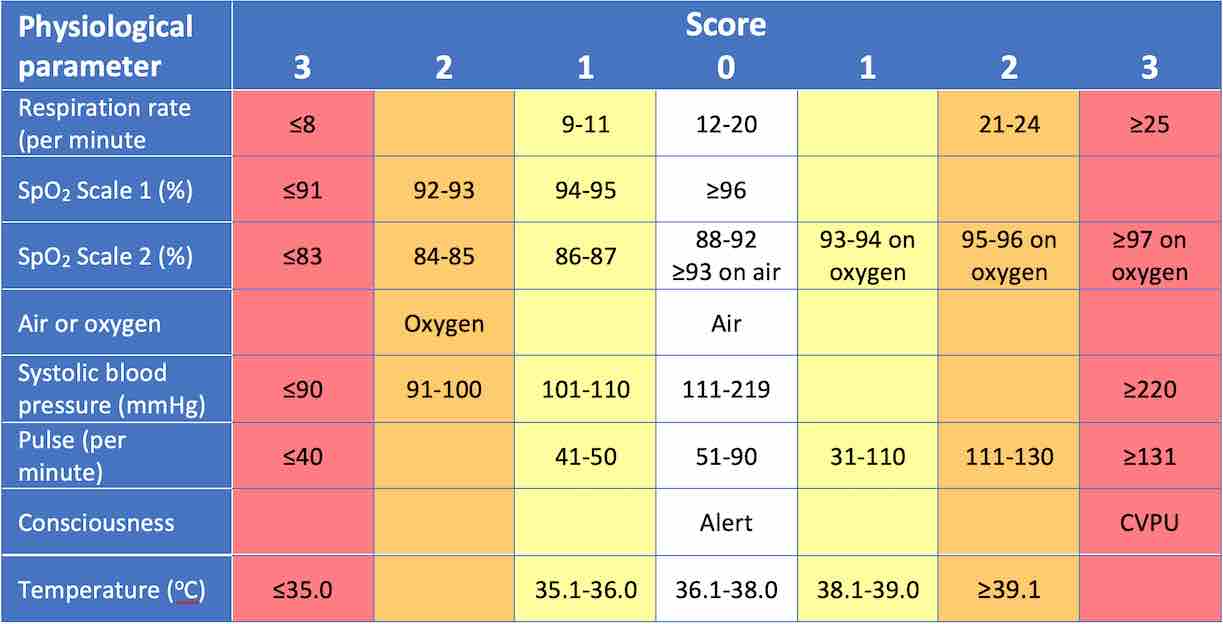 Basic Observations Station Osce
Basic Observations Station Osce
 Lung Health Institute The Difference Between Normal And Low Oxygen Levels
Lung Health Institute The Difference Between Normal And Low Oxygen Levels
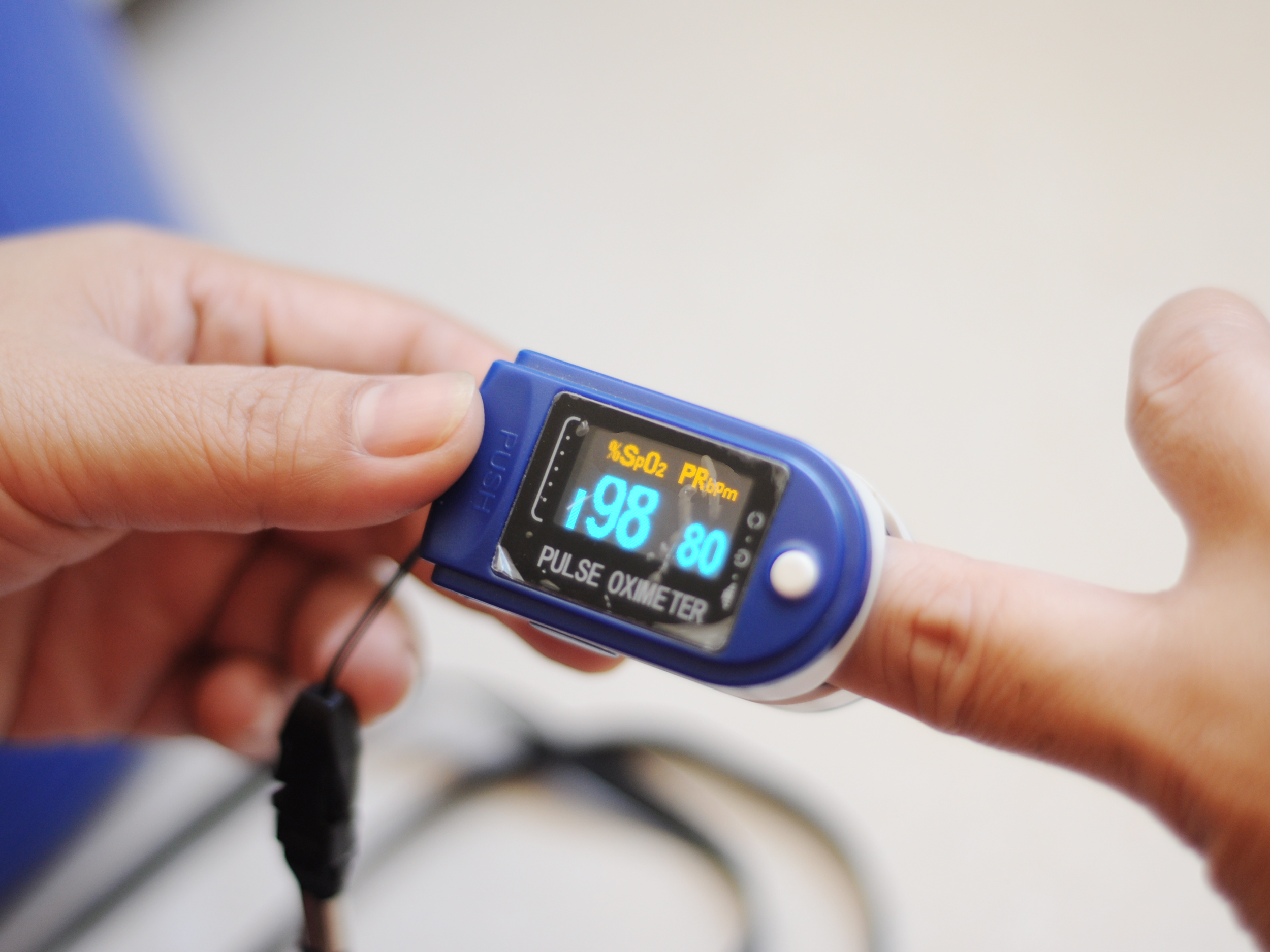 Normal Oxygen Levels What Does A Normal O2 Level Look Like Inogen
Normal Oxygen Levels What Does A Normal O2 Level Look Like Inogen
 Pdf Oxygen Saturation Trends In Newborn After Birth
Pdf Oxygen Saturation Trends In Newborn After Birth
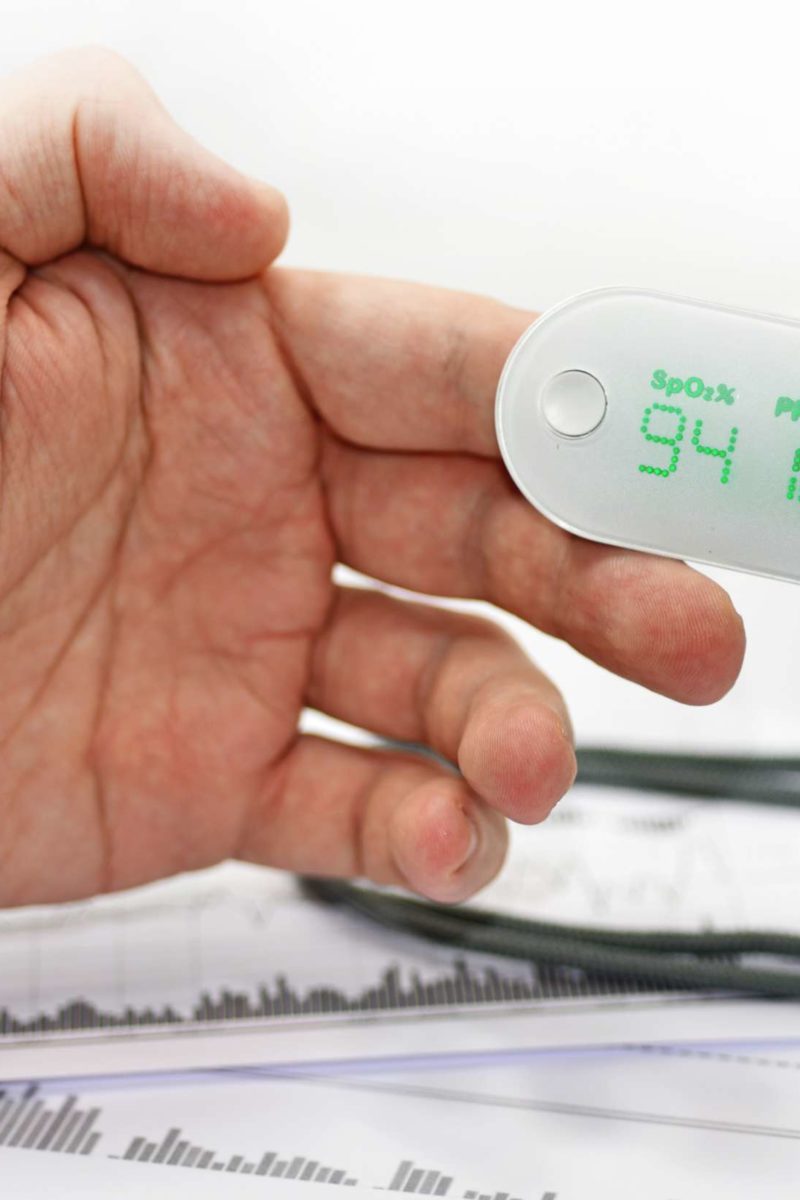 Normal Blood Oxygen Levels What Is Safe And What Is Low
Normal Blood Oxygen Levels What Is Safe And What Is Low
 Oxygen Saturation Levels Measured In The Dental Pulp Of Maxillary Download Scientific Diagram
Oxygen Saturation Levels Measured In The Dental Pulp Of Maxillary Download Scientific Diagram
 Pulse Oximetry The Definitive Guide For Monitoring Oxygen Saturation
Pulse Oximetry The Definitive Guide For Monitoring Oxygen Saturation
 Blood Oxygen Level Is My Oxygen Level Normal Lung Health Institute
Blood Oxygen Level Is My Oxygen Level Normal Lung Health Institute
 Coronavirus Moh Spells Out Proper Use Of Oxygen Level Tracking Device Health News Top Stories The Straits Times
Coronavirus Moh Spells Out Proper Use Of Oxygen Level Tracking Device Health News Top Stories The Straits Times
 Is A Man Safe With An Oxygen Level Between 80 85 Quora
Is A Man Safe With An Oxygen Level Between 80 85 Quora
 How To Use A Pulse Oximeter Correctly Medicover Hospitals Youtube
How To Use A Pulse Oximeter Correctly Medicover Hospitals Youtube
 What Are Blood Oxygen Levels Chart Normal Low High
What Are Blood Oxygen Levels Chart Normal Low High
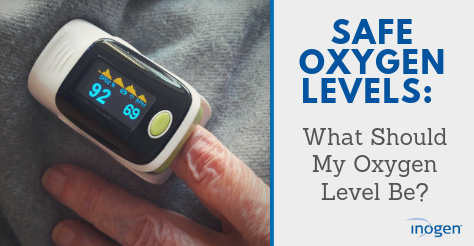 Safe Oxygen Levels What Should My Oxygen Level Be Inogen
Safe Oxygen Levels What Should My Oxygen Level Be Inogen
 Getting To Know Blood Oxygen Levels Inogen
Getting To Know Blood Oxygen Levels Inogen

No comments:
Post a Comment
Note: Only a member of this blog may post a comment.